Last updated: November 15, 2017
Article
Scorpion Rock: A Model of Seabird Restoration Success
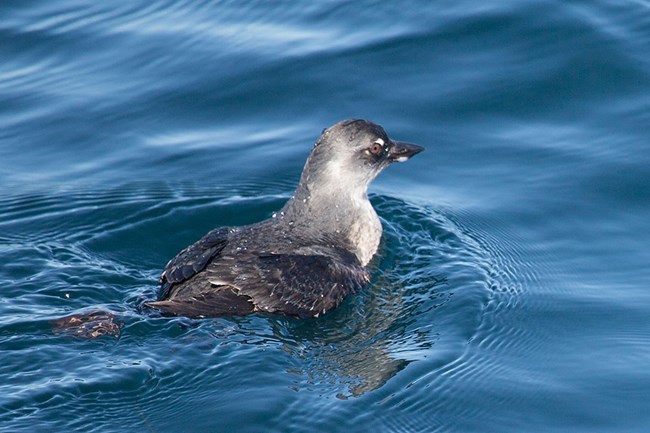
© Donna Pomeroy / Photo 1321920 / 2014 / iNaturalist.org / CC BY-NC
October 2017 - Battling invasive plants and restoring native ones might at first seem like a strange way of helping out an animal that spends the majority of its life at sea. Cassin’s auklets are known for their ability to “fly” underwater to depths of more than 100 feet in pursuit of small crustaceans. However, as seabirds, the time they spend on land is crucial. They come ashore primarily to breed and nest. Scorpion Rock, a small islet just off the coast of Santa Cruz Island in Channel Islands National Park, is one of their nesting locations.
Seabird nesting habitat is not easy to come by. It needs to be isolated and free of land predators like rats, foxes, and skunks. For Cassin’s auklets, good nesting habitat must also have lots of natural crevices. Alternatively, it must lend itself to the construction of nest burrows. Scorpion Rock was great for burrowing until crystalline iceplant, an invasive species, began driving out native vegetation and triggering soil erosion. Biologists monitoring nesting seabird colonies on the rock kept track as Cassin’s auklet numbers fell. Concerned, they began supplying the birds with artificial nest boxes in 2000. The iceplant, which covered 94% of the islet by 2008, remained problematic. Natural nest burrows were few, and the island’s only surviving native coreopsis plant could not shield the auklets from aerial predators such as barn owls, peregrine falcons and western gulls.
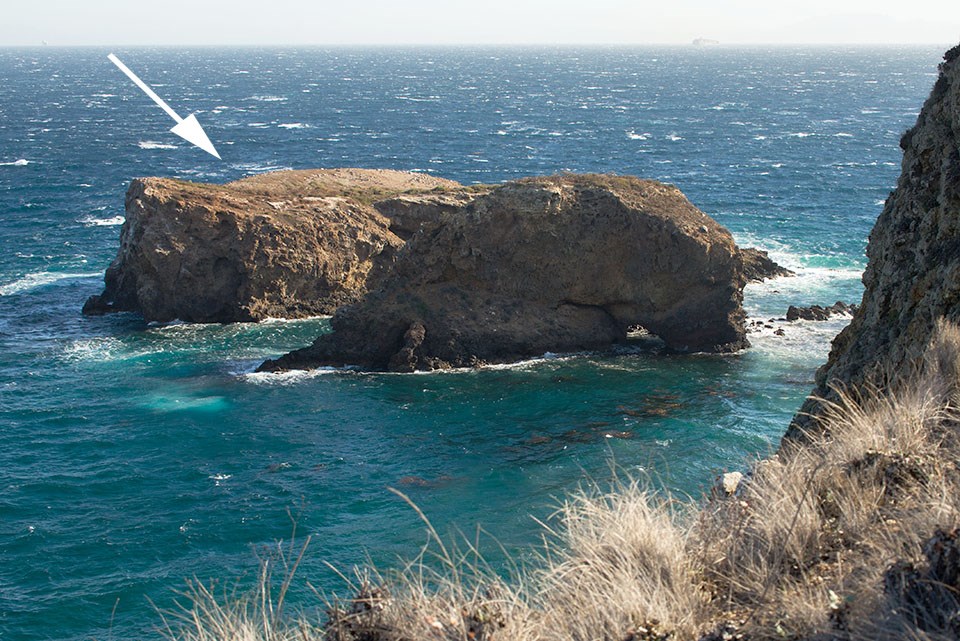
NPS / Jessica Weinberg McClosky
Between 2008 and 2012, the Montrose Settlements Restoration Program sponsored a huge push to remove crystalline iceplant from Scorpion Rock, help native species take root, and stem erosion. David Mazurkiewicz, a seabird biologist with Channel Islands National Park, helped to lead the effort. His team of staff and volunteers planted more than 9,000 native plants of 21 different species grown nearby on Santa Cruz Island. Many plants did not survive the harsh conditions on the rock, but everyone remained hopeful and persistent.
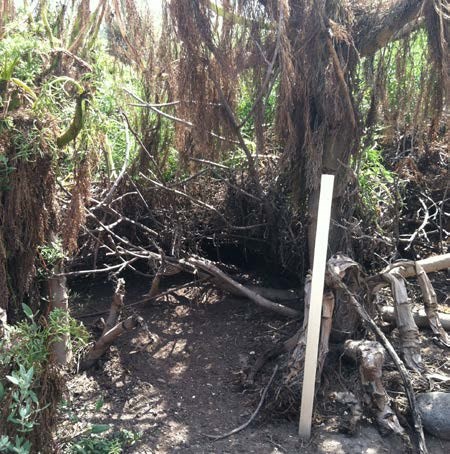
NPS / David Mazurkiewicz
David’s team kept up monitoring of both vegetation and seabirds throughout the project. By 2012, they found that invasive plants covered less than 3% of the Scorpion Rock, and native species covered 58%. Benefits to the Cassin’s auklets were also evident—with native plants to hide among, fewer birds were falling prey to aerial hunters. Today, native plant cover is even higher, at around 70%. David’s team also found more than two dozen natural nest burrows this year, up from a low of about a half-dozen.
Biologists are currently undertaking on a new project, also sponsored by the Montrose Settlements Restoration Program, to restore seabird nesting habitat on East Anacapa Island. The project is based heavily on what worked at Scorpion Rock. For example, though East Anacapa is a much larger island, biologists are starting with a small restoration site downhill from the lighthouse. As with Scorpion Rock, the site had been overrun with iceplant. A new native plant nursery was built on the island to supply native plants for the restoration, and 3,000 have been planted so far. Another 5,000 should be ready to go into the ground this fall.
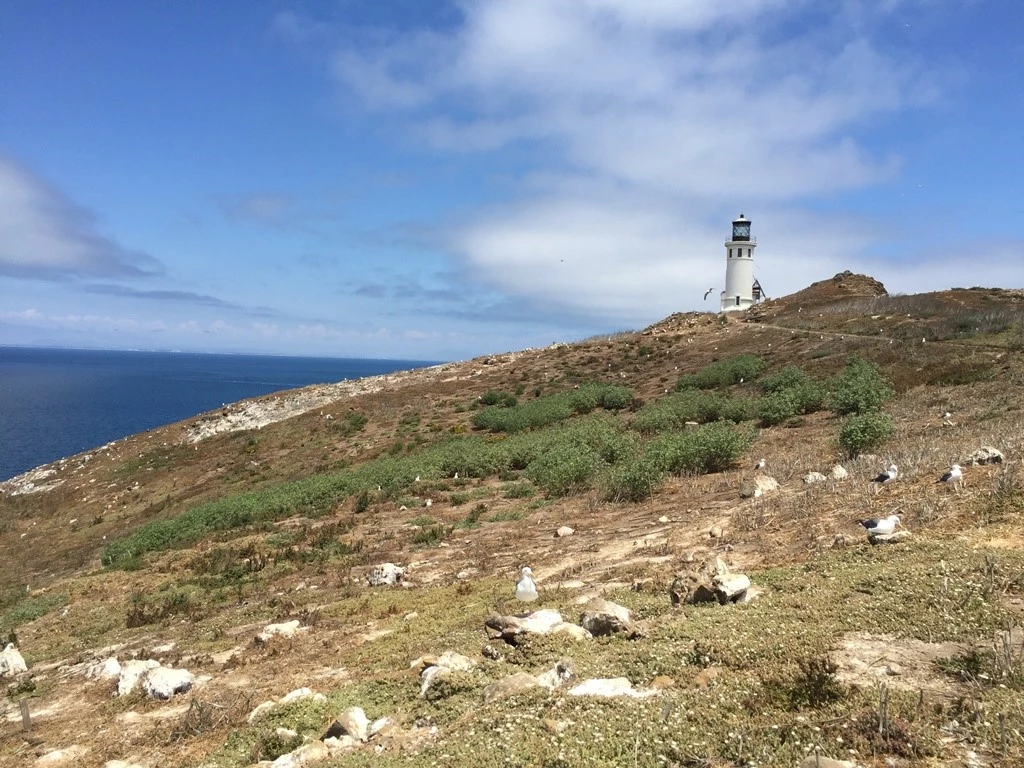
NPS
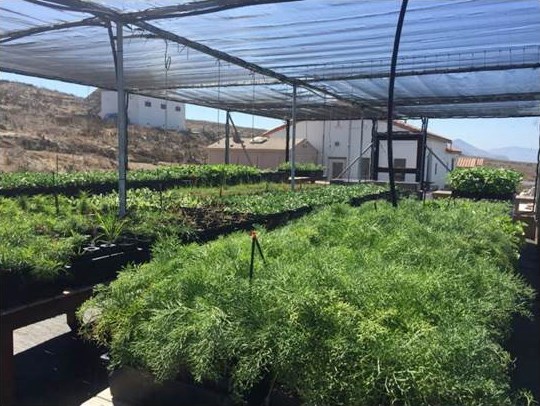
NPS
With restoration efforts such as these, biologists hope to ensure a variety of safe breeding sites for seabirds in Southern California. This is particularly important as a way to improve seabirds’ chances of success in the face of other challenges. Habitat loss and pollution have already taken a toll, and now climate change, which could have profound impacts on ocean conditions and seabird food supplies, looms as well.
